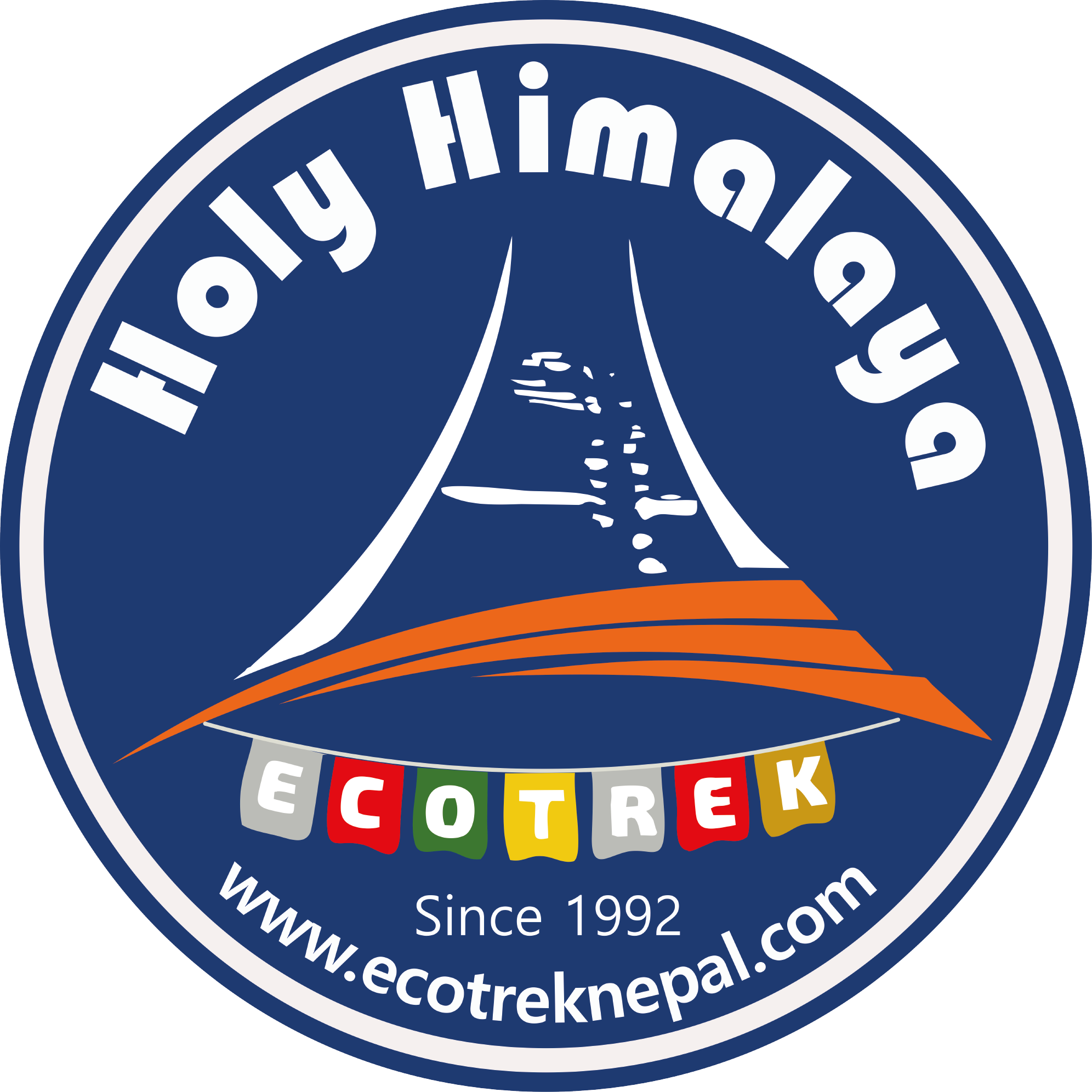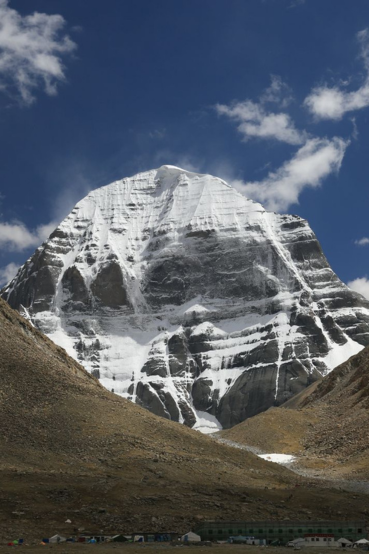When trekking in Nepal is on someone’s mind, they imagine stunning snow-covered peaks, comforting teahouses, and experiencing different cultures above the Himalayas. They don’t usually imagine feeling lightheaded, nauseous, and exhausted after traveling for the entire day. People, including the fittest and most experienced, often ignore how much altitude sickness can affect them during a trek in Nepal.
In this article, we’ll expose what many people do not know about high-altitude sickness in Nepal, talk about symptoms you might not spot, and explain how to get ready for a fun and safe trekking trip in the mountains of Nepal.
What Is Altitude Sickness, Really?
Altitude sickness, known as acute mountain sickness (AMS), happens when your body doesn’t get enough oxygen at higher altitudes. Most people might think they’ll feel fatigued, yet AMS can make you feel dizzier than you expect.
The main three types of altitude sickness are
AMS (Mild to Moderate): For AMS, the main symptoms are a headache, weariness, dizziness, and feeling sick.
HAPE (High Altitude Pulmonary Edema): Fluid lungs and difficulty breathing
HACE (High Altitude Cerebral Edema): Brain swelling, confusion, and loss of coordination
Without proper treatment, altitude sickness can cause life-threatening problems. Indeed, young, fit, and healthy people can also be put at risk.
Why Altitude Sickness Is a Bigger Risk in Nepal Than You Think?
Trip itineraries in Nepal usually contain fast climbs in altitude. For instance, in the Everest Base Camp trek, your route moves from 2,800m (Lukla) to over 5,300m in less than 10 days. The Annapurna Circuit route, too, has important passes such as Thorong La (5,416 meters), and a lot of trekkers try to cross them without enough rest.
Many trekkers think that since so many have walked these routes, the risks aren’t high. Even so, trekking through these routes is rushed through some of the most high-risk terrain. How many people use the trail doesn’t matter—your body needs to adjust.
The Most Ignored Symptoms of AMS
The vast majority of guides and blogs refer to both headache and fatigue. But altitude sickness may show itself in Nepal treks in less noticeable ways.
- Problems with sleep when trekking in the high mountains
- Loss of Appetite
- Either being overly irritable or disoriented
- Developing sudden strong feelings or anxiety
Even though AMS can feel like simple exhaustion, these symptoms could in fact be early signs. Failing to take care of these signs can cause HAPE and HACE, which are dangerous.
Myths Trekkers Still Believe About Altitude Sickness
Various widely accepted myths about trekking often lead to problems for trekkers. Some of them are:
"I don’t have any health problems, so I’ll manage." You can still get AMS, even if you are physically fit—it helps acclimate but not get used to the altitude.
"Since locals don't get it, I won’t either." Both Sherpas and local people are well suited genetically for the high elevations, but the visitors aren't used to it.
"No strong person takes Diamox." Diamox is prescribed to help people adjust to high altitudes—it’s meant to help but is not a replacement for acclimatization.
"I will push through it." This is a very harmful way to think. Willpower doesn’t make AMS go away. Getting rest and lowering down are what really help.
Prevention Tips No One Talks About
The suggestions below can really save you if you’re worried about altitude sickness while traveling in Nepal:
Take the extra days for acclimatization seriously. Don’t try to avoid them just to save some time.
Climb high, sleep low. Ascend during the daytime, but descend just a little bit for the night.
Drink enough water, but don’t drink too much all at once. Go for 3-4 liters of water each day.
Choose healthy meals for yourself. Trekking at higher elevations uses up calories—even if you’re not hungry, remember to eat high-carb meals.
Use an oximeter. Track your blood oxygen levels and pulse when you can.
Have somebody who can show you the way lead your trek. They know about the early signs and make a safe decision.
What to Do If Symptoms Start?
If you or your trekking partner starts to have symptoms of AMS:
- Stop trekking up as soon as you see the signs.
- Rest and watch symptoms closely. Descend if your symptoms grow worse or don’t get better.
- Take a Diamox pill (as directed by your doctor before the trek).
- Let your guide or porter know. Don’t keep your problem hidden.
- When trekkers face life-threatening situations, helicopter evacuation is the only and best choice.
The most trusted way to tackle altitude sickness is to descend.
Final Thoughts: Trek Smart, Not Just Hard
Not only does Nepal give adventure-seekers some of the most scenic trekking trails, but you must seriously consider how high you go, as the area has very high mountains. Nepal treks don’t have to be affected by altitude sickness, as long as you are well-prepared and fully understand it.
When you’re planning a trek, work with a reliable travel agency that features acclimatization days, knowledgeable guides, and emergency assistance. Your safety comes first at our agency, so you enjoy your Nepal trip without any worries.
Ready to check out the Himalayas without putting yourself in harm?
Let us help you plan your customized Nepal trek using our expert support and safe itineraries.








